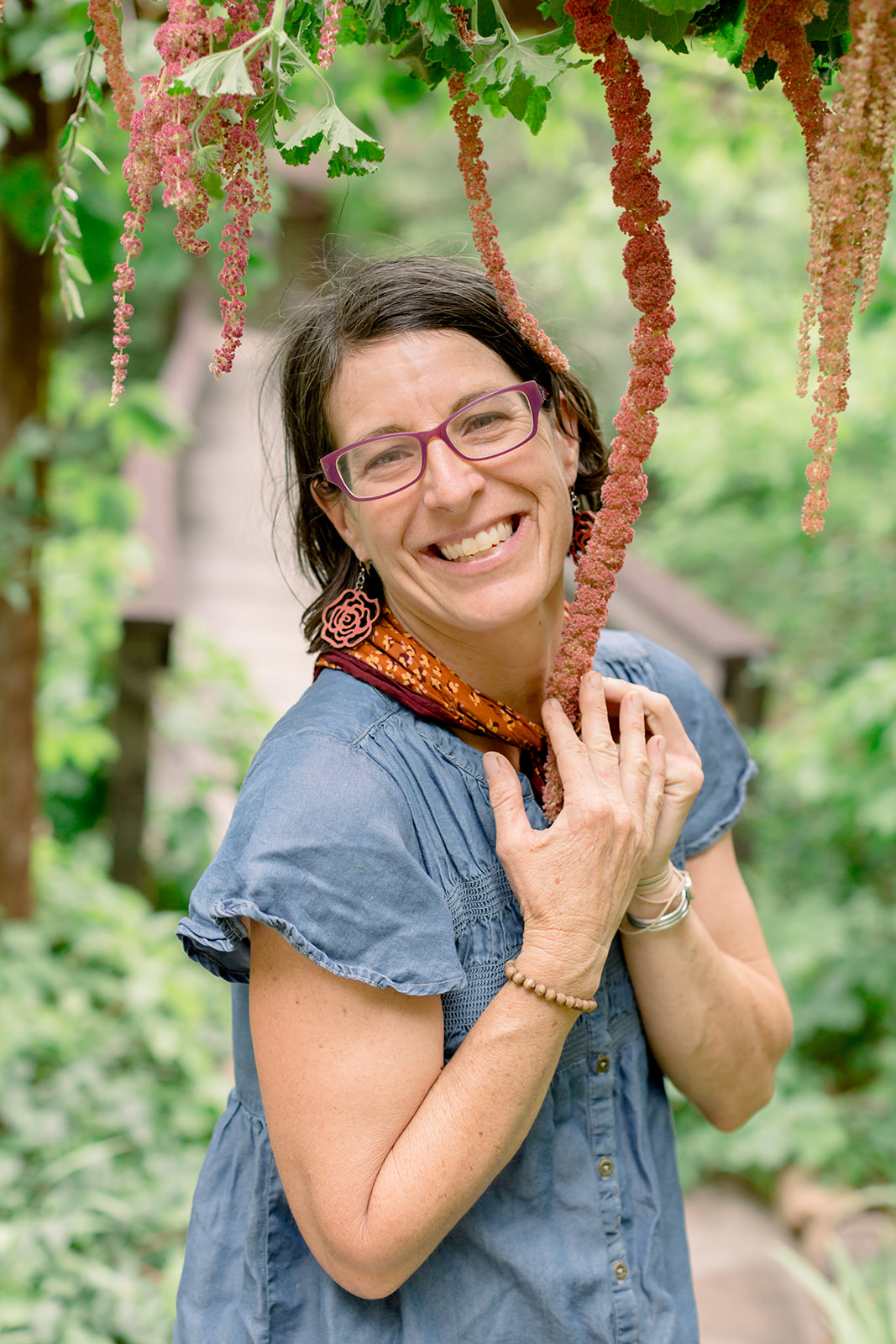“It is certain in any case that life is quite disarmed by the gift to live so entirely in the present, to treasure with such eager care every flower by the wayside and the light that plays on every passing moment.”
–Hermann Hesse
Nothing grounds me in the moment or in a place more effectively than when I am immersed deeply in the world of botany.
It started when I worked on the Grand Canyon trail crew and grew curious about the plants that prospered in such a rugged and inhospitable place. I laid down my trail shovel and embarked on a lifelong exploration of botany that began as a gardener at the Flagstaff Arboretum building nooks and crannies for native plants.
This terrestrial occupation leads me from my back yard down many trails, rivers, dirt roads and out-of-the-way places and often requires extended crouching and stooping in order to decipher the identity of a specific plant. Most of the time this takes me to remote and enchanting corners of the Colorado Plateau; however, the work itself can be less than glamorous.
Last weekend I ventured to the House Rock Valley with a small, dedicated group of volunteers from the Grand Canyon Trust. Our mission was to monitor a grassland restoration experiment on the Kane Ranch; an 850,000-acre public-lands ranch acquired by the Trust in 2005 with the goal of conducting research that will lead to a better understanding of the impacts of livestock across this landscape.
This particular project involved examining the minute details of native grass seedlings growing in plots to decipher which species were more successful and might be tough enough to restore this arid grassland. This was accomplished despite the incessant wind, the presence of cow pies and the already-strong sun burning the strip of often-exposed skin on my lower back from being hunched over examining the contents of the research plots.
It is hard to believe that to really see a place as vast as the House Rock Valley or the Grand Canyon you must be on your knees with a hand lens. Yet, to identify plants, we must lean in closer and be careful observers of the many minuscule details that distinguish one species from another. When you are looking that closely, the natural world suddenly opens up and you gain access to a seldom seen side of our planet.
Inside a yucca blossom we observed a yucca moth crawling amidst the flower parts. We were an audience to one of the most amazing mutualisms in nature. The female moth collects sticky pollen grains from a yucca flower with specially developed grasping appendages and forms a pollen-laden “spitball.” She then flies to another plant where she lays her eggs in the ovary. Here is the mind-blowing moment: she then stuffs the spitball directly into the plant’s stigma, pollinating the plant and assuring that the developing moth larvae will have seeds to eat. The yucca and the moth live in the moment and, in doing so, they remind us that this is where the greatest gifts are found.
There are many secrets plants can tell us if we become observant and diligent—learning the names, preferences and the sometimes outrageous stories of those we encounter on our path. To know plants is to aspire to a different level of caring, patience and optimism.
Wendell Berry observed that by studying the natural ecology we are able to see all that we have undone. Assuming that the wellbeing of the natural world depends on the collection of good scientific knowledge, I have to agree with him. But for me, plants are examples of how we might put the broken pieces back together and begin to restore balance. The future of our wild landscapes, as well as our neighborhoods and back yards, rests in our willingness to be observant, passionate and courageous in what we do.
When we take the time to look and live in the present moment, we discover that the wild marvels of plants are everywhere, asking us to have enough faith to create beauty with only a seed.

